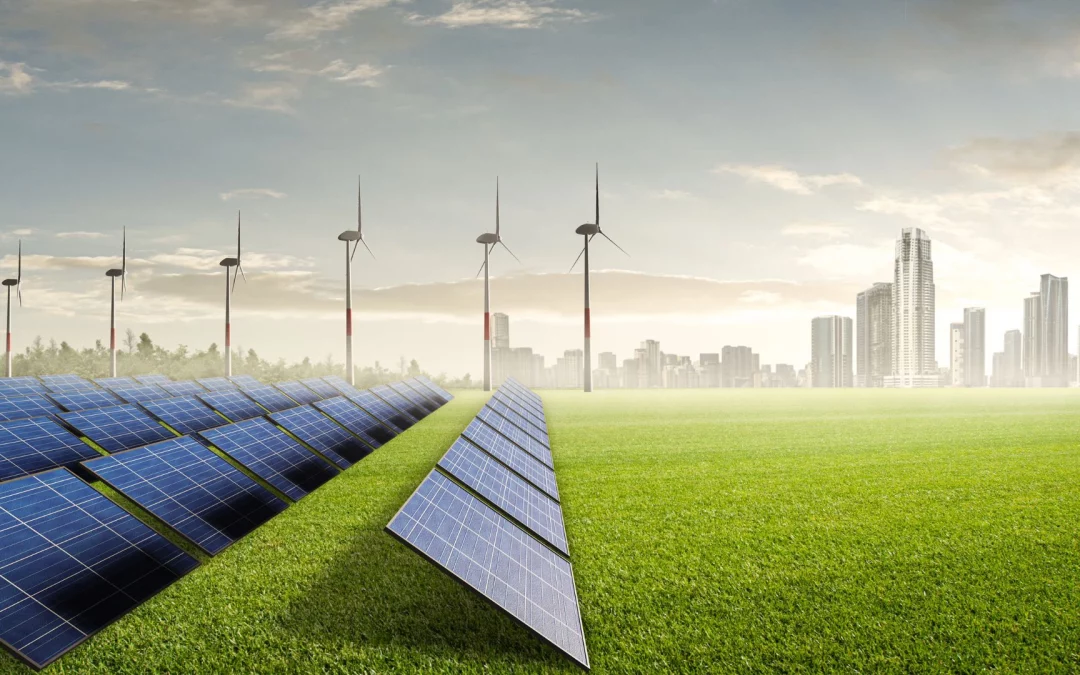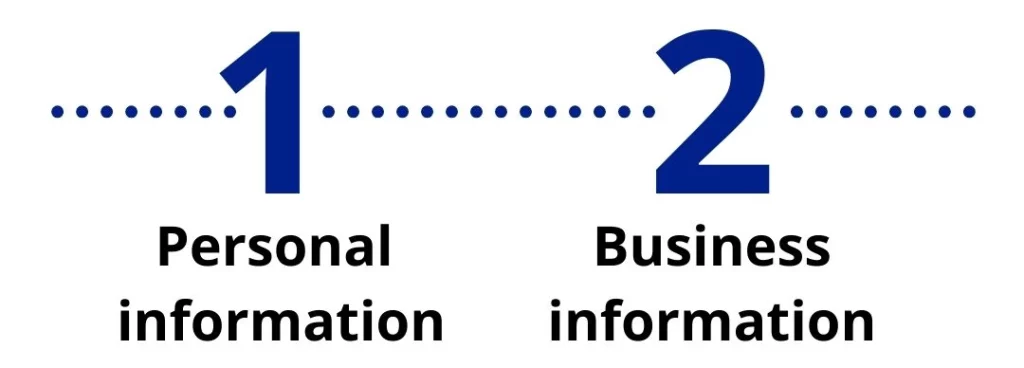In some states businesses have the power to choose where their energy comes from, and as time goes on more and more states are becoming deregulated. This allows homes and businesses to choose who provides them with electricity and natural gas.
Energy deregulation explained
What is electricity deregulation and what is a deregulated electricity market?
Let’s use electricity deregulation as an example (but this could be applied to natural gas deregulation as well): electricity deregulation is like opening a big, competitive marketplace for energy, similar to how you can pick from different brands of cereal at a grocery store. It’s all about creating energy choice, where you’re free to choose your electricity and natural gas supplier.
A deregulated electricity market lets these different providers duke it out, often leading to better customer service and competitive electricity rates as each company wants to attract and keep you as a customer. This also applies to the natural gas industry, where gas prices can vary based on the same kind of competition.
What’s good about this is that it opens the door for more renewable energy options, too. Some providers might specialize in offering wind, solar, or other types of green energy, giving you the chance to support environmental sustainability while also getting a good deal.
So, in the end, deregulation is about promoting competition and giving you, the customer, more freedom and control over your energy needs.
The history of energy deregulation
The search into energy deregulation history begins when electricity and natural gas usage were new and expanding rapidly, there were no regulations at all. Each utility competed for business and this helped keep prices down. Purdue University notes that as the demand for energy increased, more and more larger power plants were built, further decreasing the cost of electricity and natural gas.
Utilities were constantly trying to be more competitive than their peers and did this by improving efficiency of energy production and delivery. This helped both the utilities and end users as prices went down to produce and use energy.
Ultimately, the incredibly fast expansion of infrastructure and energy use was not properly managed and ended up causing problems. This resulted in many people out of service, forgotten by the energy companies.
Originally utilities were supposed to generate, transmit and distribute energy but very few of them performed all 3 functions. This caused a fragmented infrastructure, causing spotty services and widely differing prices.
The start of energy regulation
In an effort to fix these issues and provide reliable and affordable energy to all Americans, the government passed PUCHA (Public Utility Holding Company Act) in 1935. PUCHA was aimed at large utilities as they were becoming monopolies and using unsavory business tactics that negatively affected U.S. businesses and residents (in the 1930s 3 companies owned half the utility industry).
In 1965 the Great Northeast Blackout happened leaving 30 million people in the U.S. and parts of Canada without Electricity for up to 13 hours. This was caused by a faulty protective transmission line.
Thus, NERC (North American Electric Reliability Council) was born. NERC took the United States and split it up into 10 regions, each region was responsible for controlling energy and improving the reliability of delivery. NERC worked and improved delivery immensely. However, NERC allowed monopolies to emerge and completely dominate their market – this caused energy prices to increase heavily.
Energy prices skyrocketed during the energy crises that plagued the 1970s, which was caused by spikes in oil prices. In response to this, utilities invested huge sums of money constructing plants that use coal or uranium. These gargantuan costs were passed onto their customers, who had no choice but to pay.
Energy deregulation and FERC
Despite the increased prices, many utility companies couldn’t afford the costs associated with building their new power plants. Many were on the edge of becoming bankrupt, and others asked NERC officials to approve more price increases. This caused another energy crisis, this time caused by the regulatory actions designed to keep energy in check.
In order to fix this the federal government created FERC (Federal Energy Regulatory Commission) and FERC deregulated the energy industry. This allowed states to decide how to supply energy to their residents and businesses. With standard infrastructure, it was time to allow competition back into the market to lower prices.
In states that deregulate energy, utilities own the infrastructure, but cannot make a profit on the sale of energy, preventing monopolies. Instead energy users can choose who they purchase their electricity and natural gas from, allowing people to get the energy plan that best suits their needs.
Who benefits from energy deregulation?
The deregulation of energy primarily benefits the end users, businesses and residents. Some of the benefits include:
- Power of choice – The deregulation of electricity and natural gas allows you to choose where your energy comes from, and allows you to choose a plan that is best for your specific needs.
- Better service and increased competition – Deregulating energy allows many companies to enter the market which brings competition. With competition companies are forced to offer a better service in order to keep up with other companies doing the same.
- Increased energy efficiency – As time goes on, people want to be more energy efficient to help the environment and to pay less. Since they can choose who supplies their energy, people are choosing more energy efficient companies.
A list of deregulated energy states
Currently, the majority of states in the US are regulated, but as time goes on many states are entertaining the idea of deregulation. Below are lists of deregulated electricity and natural gas states:
States with both electricity and natural gas deregulated
Rhode Island
States with deregulated electricity
States with deregulated natural gas
California (limited)
Georgia
Indiana
Kansas (limited)
Kentucky
Michigan
Montana
Nebraska (limited)
New Mexico (limited)
Virginia
West Virginia (limited)
Wyoming
Looking to get lower energy rates? Get a free quote today!



